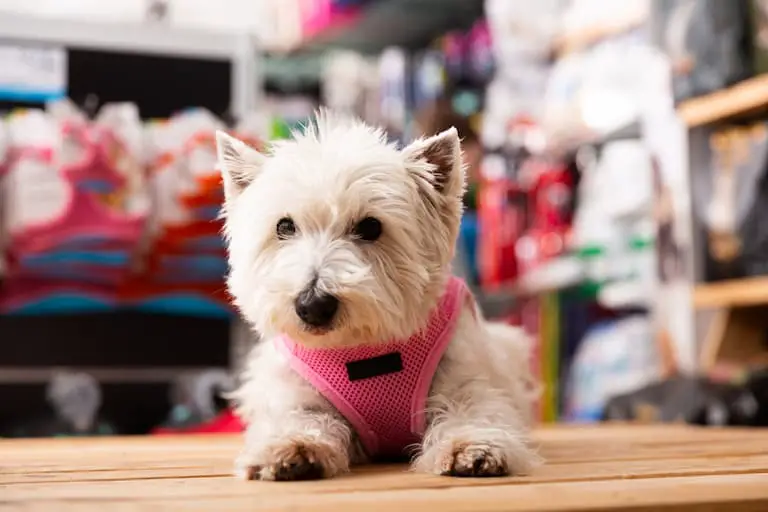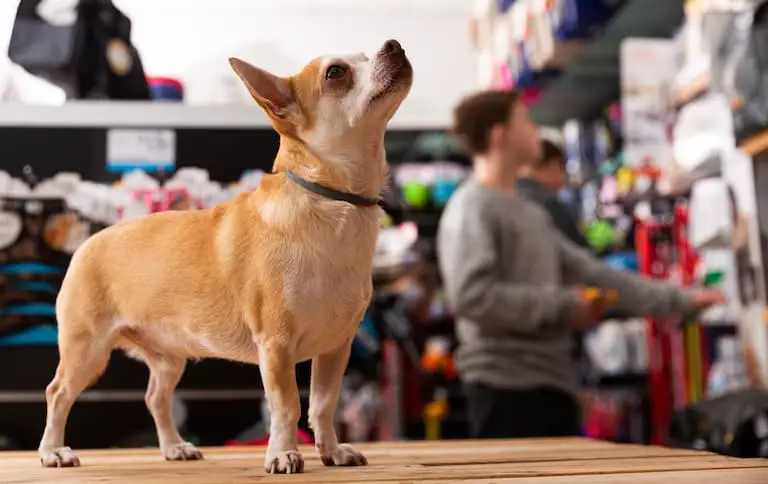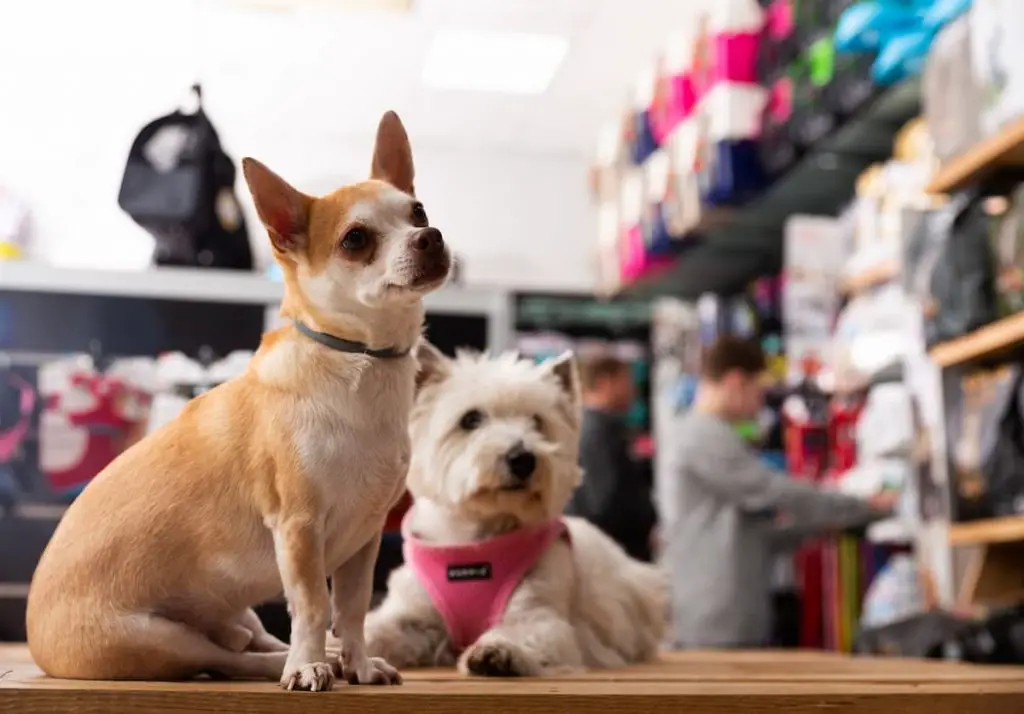Hitting the road with your pet can be pretty challenging, especially when your tank is running on empty but your pet’s bladder is full. If you’re traveling through Texas or the southeastern United States, Buc-ee’s is the go-to travel stop. But is it okay for your furry friend to answer the call of nature there?
Buc-ee’s is moderately pet-friendly. Their policy welcomes pets in designated areas but not inside their stores for hygiene and sanitation reasons. However, the policy exempts pet owners with service animals in compliance with the Americans with Disabilities Act (ADA).
The rest of the article discusses Buc-ee’s pet policy in more detail, including the designated areas where pets are allowed to roam and go to the bathroom and the rules that apply to service dogs and their owners.

How Buc-ee’s Pet Policy Works
Buc-ee’s enforces its pet policy in all 41 of its stores to date. They’re quite strict about it too. You (and other pet owners) may wish they were pet-friendlier than they currently are, but the policy is primarily because of state and local government health codes.
These health codes expressly prohibit animals in areas where food is served. Violating these codes is tantamount to a felony, and as you know, felonies are serious business (and not good for business).
So what are the specifics of Buc-ee’s pet policy? Are there any exceptions to it? Here’s what you need to know
Your Pets Are Allowed in the Designated Areas
You can let your pets do whatever they want at Buc-ee’s as long as they do so in the designated areas. Where are these designated areas, you ask? Well, it depends on the store, but they’re usually in the form of a grassy area in front of the store or the parking lot.
You Are Expected To Pick Up After Your Pet
This is basic etiquette, but Buc-ee’s encourages their customers to pick up after their pets if they happen to use the grassy area as a toilet. They have a catchphrase for it, too: “If your dog decides to poopy, please bend down and scoopy.” That’s a fair request most pet owners would be happy to follow.
You can check out our other articles that talk about Buc-ee’s:
- Buc-ee’s Breakfast: All You Need To Know
- Buc-ee’s in Alabama: 10 Things You Should Know
- What Is Buc-ee’s Known For?
Exceptions to Buc-ee’s Pet Policy
There are exceptions to the policy, but they’re pretty few. As mentioned, these exceptions are meant to comply with the Americans with Disabilities Act, which allows service dogs to accompany their owners in areas where animals are typically prohibited.

Only Service Dogs Are Allowed To Enter the Stores
The Americans with Disabilities Act defines service animals as “…dogs that are individually trained to do work or perform tasks for people with disabilities.” Despite “animal” being a general noun, it specifically applies to dogs. As seen in the definition above, these dogs cannot only be pets of people with disabilities: They must also help their owners do things they otherwise wouldn’t be able to do due to their disability (e.g., helping the blind get around).
Support Animals Are Not Exempted
The Americans with Disabilities Act makes a distinction between service animals and those that only provide “comfort or emotional support.” Only service animals are entitled to this policy exemption. However, some states allow pets that provide emotional support inside public places like grocery stores. You might want to look up what applies to the Buc-ee’s you’re in.
For more information on what disabilities can qualify you for a service dog, click here.
Service Animals Inside the Store Have To Be Leashed
For safety reasons and for the peace of mind of other store-goers who might not be comfortable around animals, service dogs have to be properly leashed at all times while inside the store. All customers are expected to comply with this policy as closely as possible.
Service Animals Have To Be Well-Behaved
Since service dogs are trained, they’re generally expected to be well-behaved. Misbehaving dogs, even if they’re service dogs, will be removed from the store. However, a dog that seems agitated may not necessarily be “misbehaving” but acting according to its training.
For example, the service dog of an individual with epilepsy (also called a seizure alert dog) may become excitable when it detects an impending seizure. They usually bark aggressively to get their owner’s attention and warn them of what will happen. This gives the owner time to take medication or find a place where he can safely let the seizure pass.

Seizure alert dogs are trained to:
- Find help for their owners or call 911 with a K-9 alert phone.
- Help their owner regain consciousness after a seizure.
- Physically move their owners if they have a seizure in an unsafe place.
- Use deep pressure stimulation to end the seizure early.
- Bring medicine to their owners as they come out of a seizure.
Conclusion
There are pet-friendlier places than Buc-ee’s, though it is a great travel stop with immaculate bathrooms. While every pet owner wishes that the store could be more animal-friendly, it’s understandable that they need to stick to health codes. The only exception is service dogs, which — given what they’re for — is perfectly justified.
